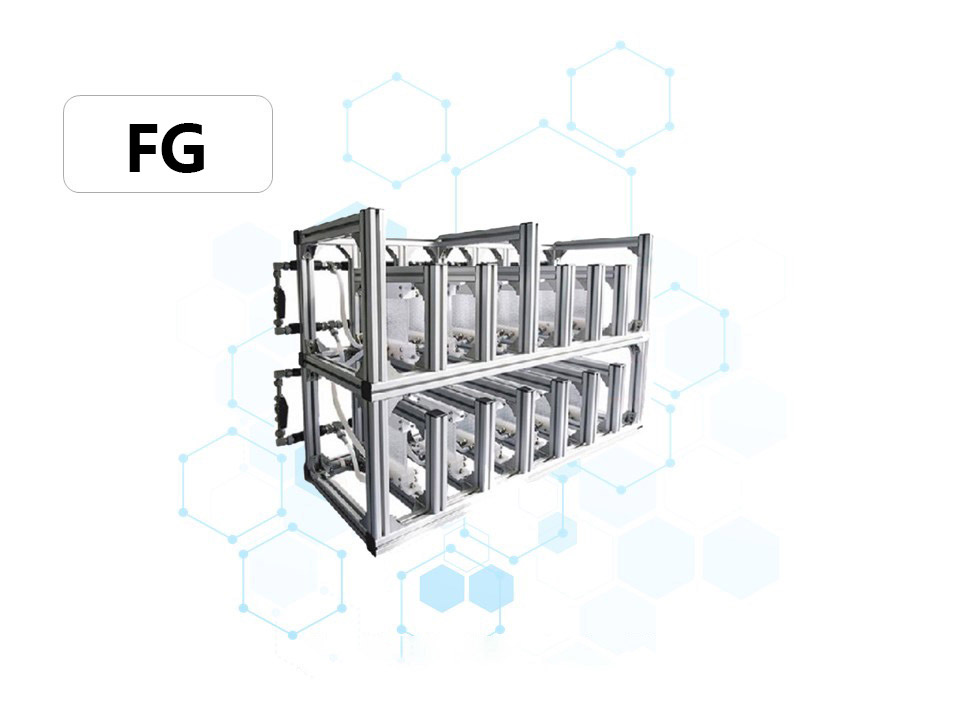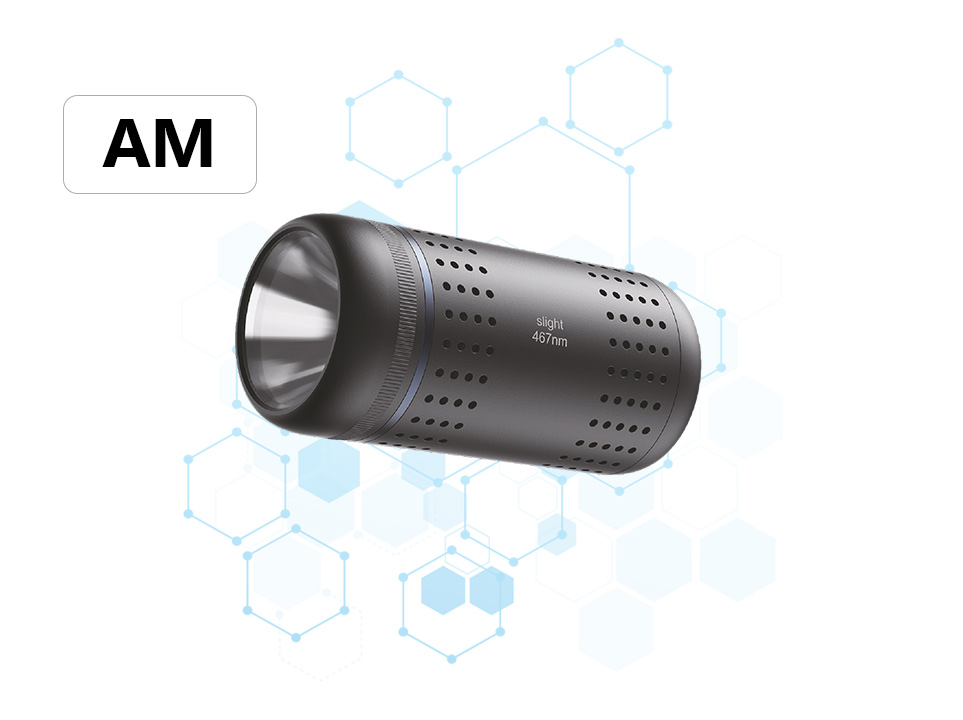Working Principle and Characteristics of Flow Reactors
Working Principle
Flow reactors achieve chemical reactions by enabling reactants to flow continuously through the reaction zone. The reactants are first precisely metered and pumped into the reactor. During the flow process, they undergo reactions under specific conditions of temperature, pressure, and in the presence of catalysts. The internal structure of the reactor can vary, ranging from simple pipes to devices with complex internal components designed to enhance mixing and mass transfer. The reaction products continuously flow out of the reactor along with the fluid and enter subsequent separation and purification steps. This entire process is continuous, which is in stark contrast to the traditional batch reactors where reactants are added all at once and products are removed only after the reaction is complete.
Characteristics
Precise control of reaction conditions: It can accurately regulate parameters such as temperature, pressure, and residence time to ensure that the reaction proceeds under optimal conditions, thereby improving reaction selectivity and product purity.
High mass and heat transfer efficiency: The continuous flow enables thorough mixing of reactants and rapid heat transfer, effectively avoiding local overheating or overcooling. This makes it suitable for highly exothermic or endothermic reactions.
High safety performance: The short residence time of reactants and products in the reactor reduces the accumulation of potentially hazardous substances, lowering the risks of explosion, leakage, etc.
Easy scale-up for production: When scaling up from laboratory-scale to industrial production, it is only necessary to increase the size or number of reactors proportionally, without the need to repeatedly optimize reaction conditions. This shortens the research and development cycle and reduces costs.






